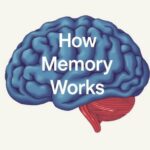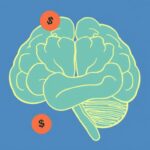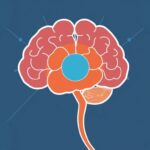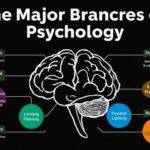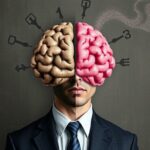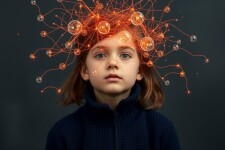Have you ever wondered why at times your mind feels laser-focused and at other times it wanders off like a lost traveler? Attention and focus are two fascinating aspects of the brain that govern how we engage with the world. Understanding the science behind them not only helps us appreciate the complexities of human cognition but also offers practical pathways to improve our productivity, learning, and overall mental well-being. In this article, we will explore the mechanisms of attention and focus, dive into how the brain controls these processes, and discuss techniques backed by science to enhance your ability to concentrate in today’s distractible world.
What Is Attention? Understanding the Basics
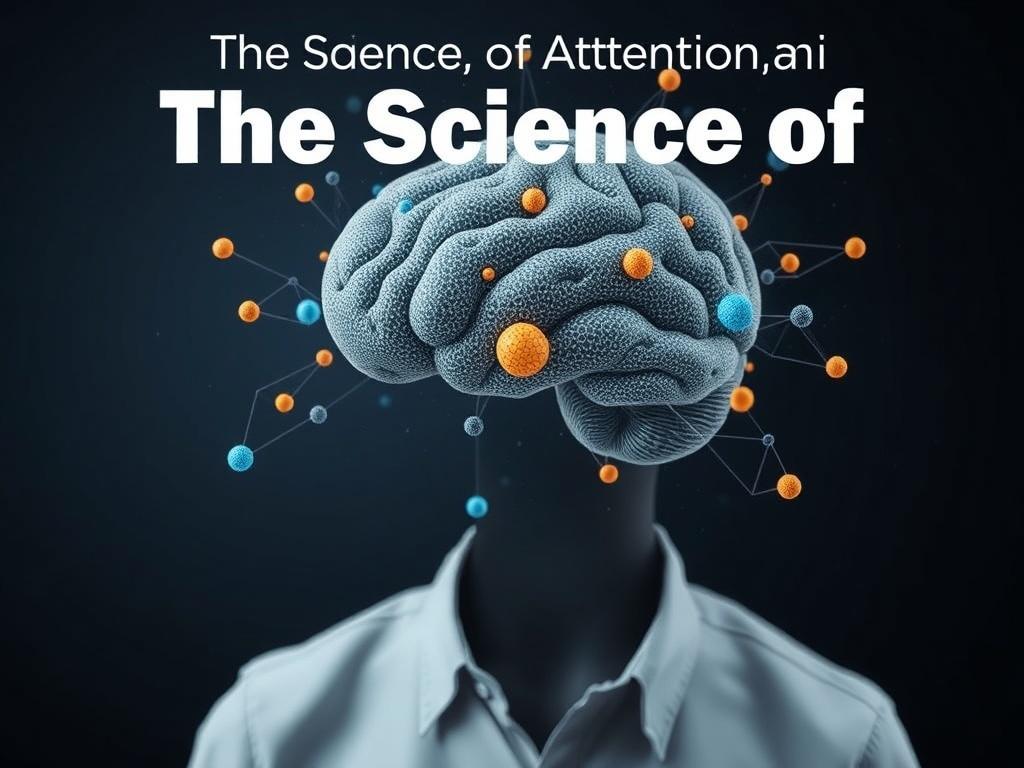
Attention is the cognitive process that allows us to selectively concentrate on certain information while ignoring other stimuli. Think of it as a spotlight on your mind that highlights what’s important and filters out the noise. Without attention, even the simplest tasks would become overwhelming as our brain would try to process everything at once. Neuroscientists often categorize attention into two broad types:
- Selective Attention: The ability to focus on a specific stimulus, like hearing your name in a noisy room.
- Sustained Attention: Maintaining focus over a prolonged period, such as when reading a book or working on a project.
Additionally, attention can be voluntary (top-down) or involuntary (bottom-up). Voluntary attention occurs when you consciously decide to focus on something, while involuntary attention is automatic and driven by external stimuli, like a sudden loud noise.
The Neuroscience Behind Attention
At the core of attention is a complex network in the brain involving the prefrontal cortex, parietal lobes, and subcortical structures such as the thalamus. The prefrontal cortex is essential for executive functions like planning and decision-making, playing a pivotal role in voluntary attention. The parietal lobes are involved in orienting attention, helping us shift focus as needed. The thalamus acts as a relay station, filtering incoming sensory information.
Neurotransmitters such as dopamine and norepinephrine also modulate attention. Dopamine enhances motivation and reward-based learning, which helps sustain focus, while norepinephrine sharpens alertness and responsiveness to stimuli.
Focus: More Than Just Paying Attention
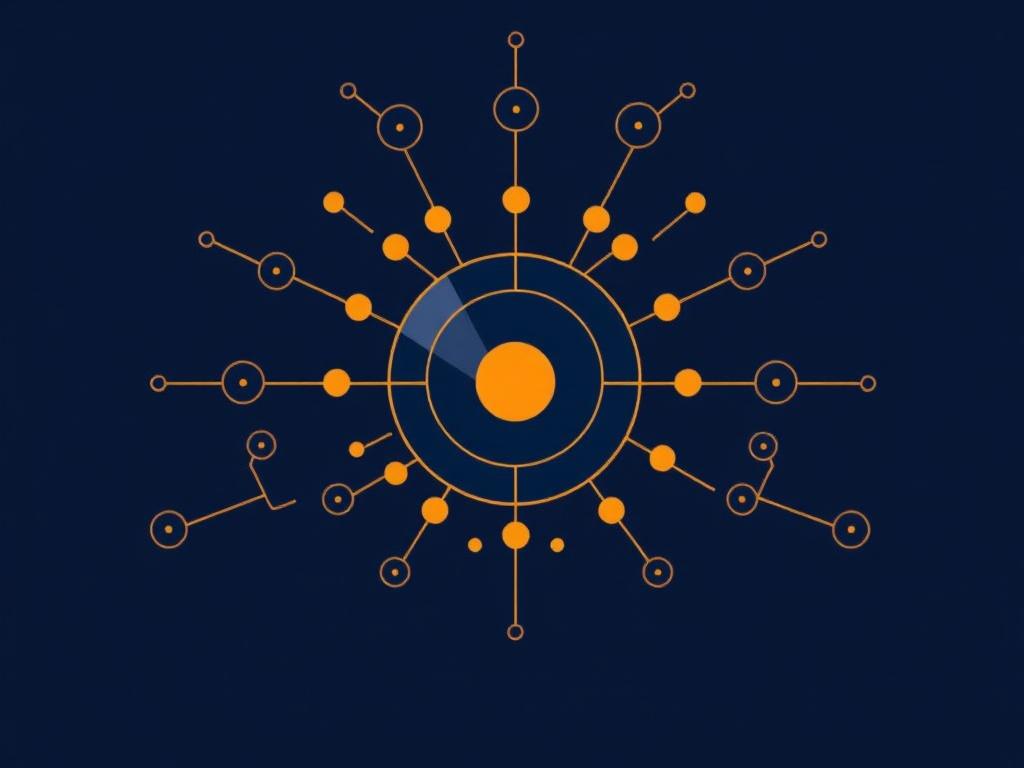
Focus is often used interchangeably with attention, but it’s worth distinguishing the two. While attention is about selecting information, focus refers to the depth and intensity with which we process that chosen information. Imagine attention as shining a light on a book’s page, and focus as how closely you examine and comprehend the words on that page.
Focus requires cognitive control, the brain’s ability to regulate thought processes, resist distractions, and maintain task engagement. This control is heavily dependent on a brain network called the executive control network, which includes the anterior cingulate cortex and the dorsolateral prefrontal cortex.
Factors Influencing Focus
Many factors can affect a person’s ability to maintain focus, including:
- External Environment: Noise, interruptions, and clutter can reduce focus.
- Internal State: Fatigue, hunger, or stress make concentration difficult.
- Motivation: Interest and perceived value enhance focus.
- Practice and Habit: Regular training can improve focus over time.
The Different Types of Attention and Focus
The science of attention and focus identifies several distinct types, each serving unique purposes in our daily lives.
| Type | Description | Example |
|---|---|---|
| Selective Attention | Focusing on one specific stimulus despite distractions. | Listening to one person at a loud party. |
| Sustained Attention | Maintaining focus over time during a continuous task. | Driving long distance without losing concentration. |
| Alternating Attention | Switching focus back and forth between tasks. | Checking email while listening to a meeting. |
| Divided Attention | Processing multiple stimuli or performing multiple tasks simultaneously. | Talking on the phone while typing a text. |
Each type involves different brain networks and serves different functions, demonstrating the versatility of our attentional systems.
How Modern Technology Affects Attention and Focus
In today’s digital age, the science of attention and focus faces new challenges. Technology provides unprecedented access to information but also bombards us with constant notifications, multitasking demands, and endless distractions. Research indicates that frequent interruptions can reduce productivity by up to 40 percent, demonstrating the heavy cost of divided attention.
Moreover, the habit of multitasking, often praised in popular culture, can lead to fragmented attention and reduced quality of work. The brain toggles between tasks rather than processing them concurrently, which is less efficient and more tiring.
However, technology can also be harnessed to support attention and focus. Tools like productivity apps, meditation guides, and distraction blockers leverage our understanding of brain science to help people cultivate better concentration.
Digital Distraction and Attention Span
Studies have found that the average human attention span has decreased over the years, partly due to rapid information consumption and digital stimuli. The constant switching between apps, social media, and messages makes the brain adept at shallow processing but less able to engage deeply for extended periods.
Techniques to Improve Attention and Focus
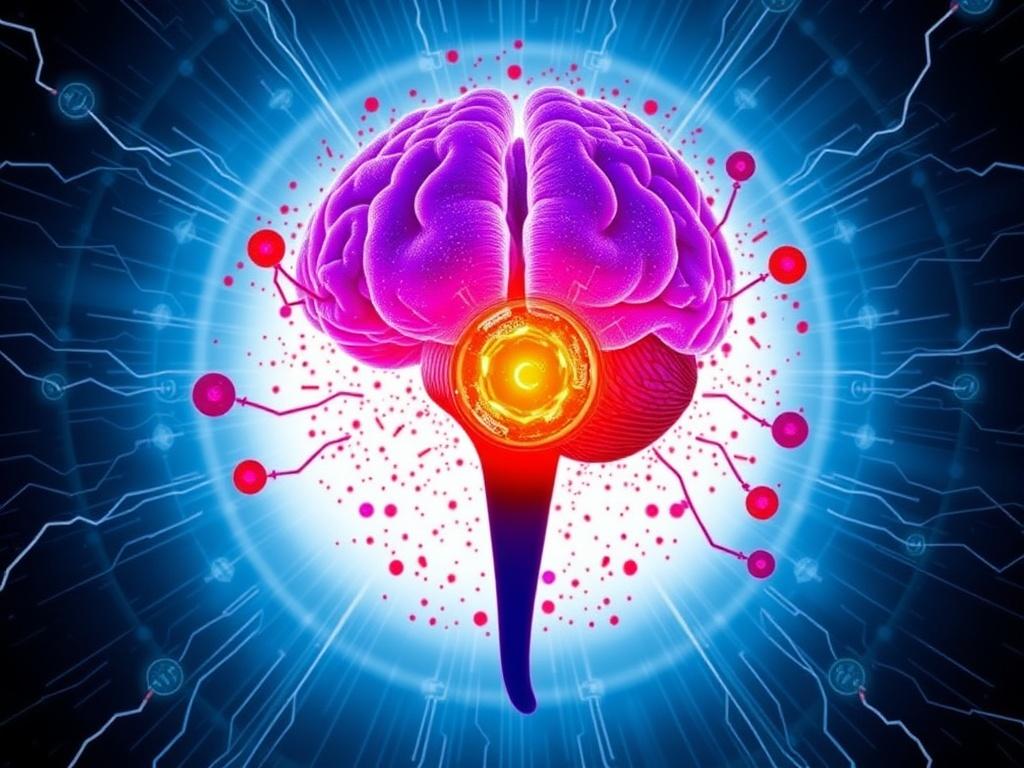
The science of attention and focus doesn’t just diagnose problems; it offers solutions grounded in neuroscience and psychology. Here are some effective strategies you can apply to enhance your ability to concentrate:
1. Mindfulness Meditation
Mindfulness meditation trains you to observe your thoughts without judgment and bring your focus back when the mind wanders. Research shows it can increase activity in brain regions responsible for attention and reduce stress, which often hampers focus.
2. Pomodoro Technique
This time-management method breaks work into 25-minute focused intervals separated by short breaks. It leverages the brain’s natural ability to focus intensely for short bursts, preventing burnout and maintaining sustained attention.
3. Environmental Optimization
Reducing clutter, eliminating unnecessary noise, and creating a dedicated workspace can minimize distractions and support concentration.
4. Regular Physical Exercise
Physical activity increases blood flow to the brain, improves mood, and boosts cognitive functions related to attention and focus.
5. Proper Sleep and Nutrition
The brain requires adequate rest and fuel to perform optimally. Lack of sleep and poor diet can impair attention networks significantly.
Common Attention Disorders: The Science Behind ADHD and More
While attention and focus fluctuate naturally, some individuals experience clinically significant difficulties. Attention Deficit Hyperactivity Disorder (ADHD) is one such condition characterized by persistent patterns of inattention, hyperactivity, and impulsivity that interfere with functioning.
Neuroimaging studies reveal differences in brain structure and activity in those with ADHD, particularly in the prefrontal cortex and dopamine pathways. ADHD highlights how the science of attention and focus is not just academic but vital to understanding diverse human experiences and aiding treatment.
Other Attention-Related Conditions
- Attention Deficit Disorder (ADD): Similar to ADHD but without hyperactivity.
- Traumatic Brain Injury (TBI): Can impair attention by damaging brain areas responsible for focus.
- Dementia: Cognitive decline often includes deteriorating attention control.
The Role of Attention in Learning and Memory
Attention is a gateway to learning and memory. Without focusing on information, it rarely enters long-term memory storage. The science of attention and focus explains why students who are easily distracted struggle to retain knowledge and how educators can design lessons to capture and maintain attention.
One key mechanism is working memory, which temporarily holds information while you work with it. Efficient attention enhances working memory capacity, promoting better comprehension and recall.
Strategies for Enhancing Learning Through Attention
| Strategy | How It Helps | Practical Application |
|---|---|---|
| Chunking Information | Reduces cognitive load by grouping data into manageable units. | Break study material into small sections. |
| Active Learning | Engages multiple brain pathways through interaction. | Use quizzes, flashcards, or teaching others. |
| Eliminating Distractions | Prevents competing stimuli from hijacking attention. | Study in quiet spaces or use noise-canceling headphones. |
The Future of Attention Research
Researchers continue to uncover new insights into attention and focus using advanced neuroimaging, computational models, and genetic studies. Emerging fields like neurofeedback and brain-computer interfaces aim to harness technology to train and enhance attention in real-time.
Furthermore, there is growing interest in personalized approaches that consider individual differences in attention capabilities and challenges. As our understanding deepens, the science of attention and focus will increasingly empower individuals to unlock their cognitive potential.
Conclusion
The science of attention and focus reveals a complex, dynamic interplay of brain networks, neurochemicals, and external influences that shape how we engage with the world. By understanding these mechanisms, we gain powerful insights into improving our concentration, learning, and mental health. Whether it’s managing digital distractions, cultivating mindfulness, or optimizing our environments, practical strategies grounded in science can help anyone sharpen their attention and sustain focus in a noisy, busy world. As research progresses, the future holds exciting possibilities to unlock even greater cognitive control, enabling us to live more productive, fulfilling lives.


